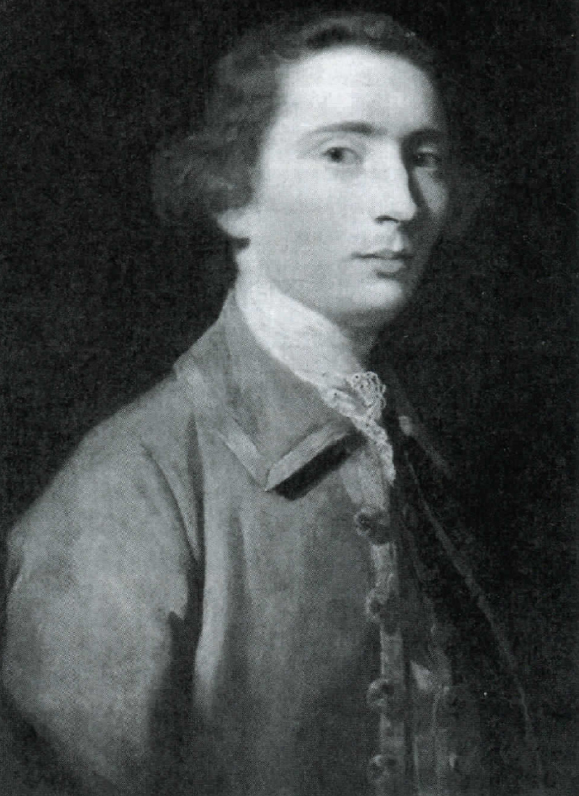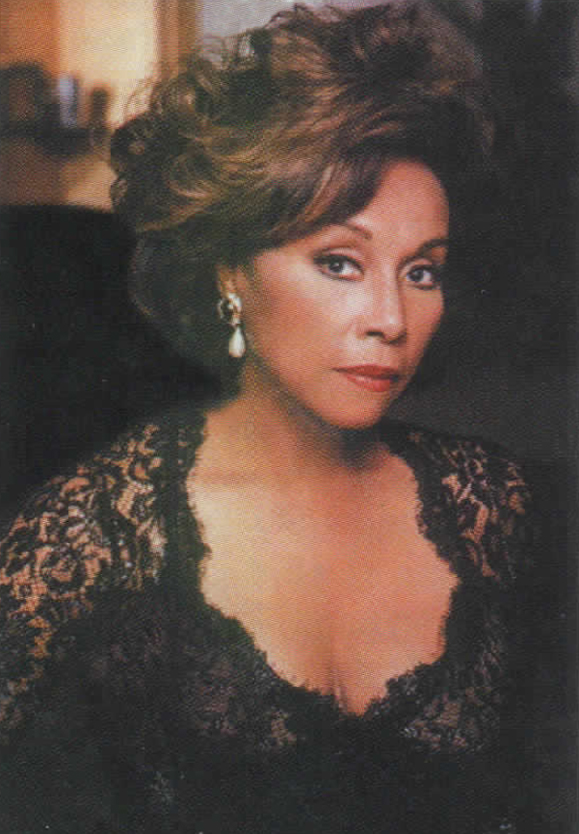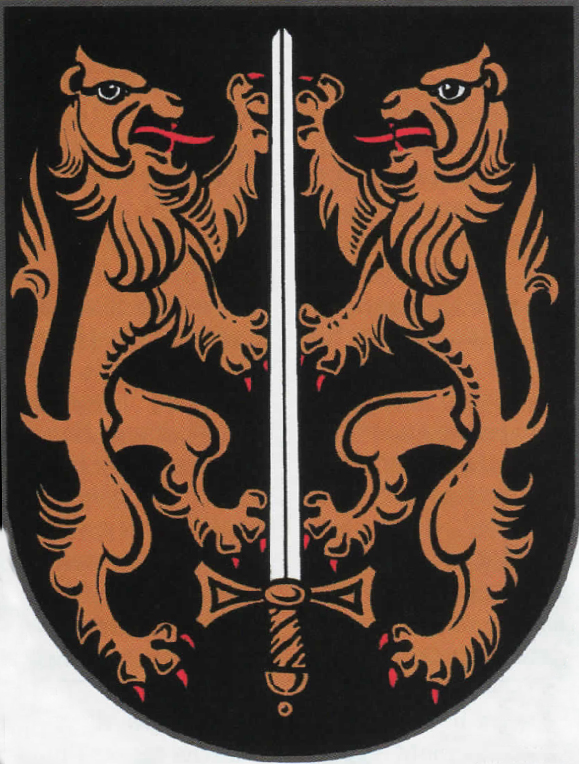The O’Carrolls go back to the third century King Oilioll Olum of Munster. Their name derives from Cearbhaill, who was the Brian Boru in 1014 at the battle of Clontarf.
Cearbhaill means warlike champion and the O’Carrolls have lived up to the name. Carvill and MacCarvill are anglicized versions of Carroll and are mostly to be found in Ulster.
The O’Carrolls’ senior septs were the chieftains of O’Carroll Ely (Tipperary and Offaly) and O’Carroll Oriel (Monaghan and Louth). They struggled to hold onto their land, which proved particularly difficult when it was illegal for Catholics to own land in Ireland. Ultimately the O’Carrolls came under the subordination of the crown in 1627, which marked the end of the Ely O’Carroll chieftains.
But that’s not to say they were not wealthy and successful thereafter. The owners of Ireland’s biggest tobacco company, P.J. Carroll and Company Limited of Dundalk in County Louth, are descendants of the Ely O’Carroll clan. Their cigarette brand is Carrolls No. 1 and is popular in Ireland.
The Carroll coat of arms displays, on a black background, a pair of yellow lions facing each other holding between them a sword. Translated from the crest, the inscription means: “In faith and war be strong.” Throughout history, many Carrolls have been dedicated to both their Catholic faith and their proclivity to go into battle. Reluctant to convert from Catholicism, some Carrolls had to flee Ireland for Europe, where they fought in various armies and many of them settled in France over the years.
Daniel Carroll of Ballymooney, who lived in the early 1600s, took up arms to defend his lands in the warrior tradition of the family. He at times consented to meet the demands of the crown, and dropped the prefix O in his surname to sound less Gaelic. But in the 1650s, his land was threatened as Cromwell redistributed the bulk of it to Protestants. Not one to lie down without a fight, Daniel served as a lieutenant colonel in the rebellion against Cromwell.
Although the battle was unsuccessful, the Carrolls of Ballymooney were spared reprisals from the English due to their ties to the prominent Irish-Jacobite family the Graces, members of the inner circle of the Stuart throne. The Carroll lands were restored to Daniel’s grandson, Daniel Carroll of Aghagurty, who died in 1688. He was father of Charles Carroll the Settler, the first of the Maryland Carroll dynasty.
Charles Carroll the Settler (1660-1720) was born in Litterluna, King’s County, Ireland. He came to the capital of the Maryland colony, St. Mary’s City, in 1688. He had decided to emigrate based on the position he would have in the New World, that of Attorney General of the colony. Like his ancestors, he was forced to defend himself as a Catholic in a colony belonging to the Protestant monarchy. He was outraged when the Glorious Revolution brought about penal laws for the American colonies including a prohibition for Catholics to practice law, hold public office or vote. Stripped of his title of Attorney General, he focused instead on being a successful businessman.
His son Charles Carroll of Annapolis (1702-1782) continued forward with his father’s ambition of a vast family fortune. Charles of Annapolis enlarged the family’s businesses based on land, slaves, moneylending and mercantile pursuits.
Charles Carroll of Carrollton (1737-1832) was Charles of Annapolis’s only child and was the heir to the substantial Carroll fortune. Charles of Carrollton was the only Roman Catholic to sign the Declaration of Independence. However, he was not the only Irishman. Fellow signatories James Smith, Matthew Thornton and George Taylor were all born in Ireland. When the great manifesto was read to the people on July 9, 1776 in the Philadelphia State House yard, it was delivered by Colonel John Nixon, son of Irish-born Richard Nixon.
Charles of Carrollton also served on the Second Continental Congress, which appointed him to the Board of War, an appropriate position given his lineage. He served in the Senate, and later died at the age of 95, having lived the longest of all the signers of the Declaration of Independence.
Charles of Carrollton was a second cousin to two other prominent American men. John Carroll (1735-1815) was the first Roman Catholic bishop in the U.S. and his brother Daniel Carroll II of Rock Creek (1730-1790) signed the U.S. Constitution. John’s work as a bishop led him to promote religious education, and he founded a number of schools, the most famous being Georgetown University, which was established in 1789.
The story of the Maryland Carrolls is best explained in Ronald Hoffman’s brilliant and detailed 2000 book, Princes of Ireland, Planters of Maryland: A Carroll Saga 1500-1782. In it, Hoffman argues: “As if in response to an inexorable nudge from conscious and subconscious cultural forces, each generation seemed to live out the unfinished lives and carry on the unfinished business of its predecessor. Thus the story of the Carrolls reveals a remarkable paradigm of reassertion in the face of conquest and devastation. The succeeding generations are moved, unawares, to complete the unfinished agenda of those who preceded them.”

These Carrolls were not the only people of the Carroll name to influence the American government. The name `Carville’ is related to Carroll, and James Carville was made famous for being an advisor and strategist to President Bill Clinton. Still a political consultant and strategist working in Washington D.C., Carville is married to Republican campaigner Mary Matalin with whom he wrote the memoir: All’s Fair: Love, War and Running for President. Carville is also the author of the popular 1996 book: We’re Right, They’re Wrong: A Handbook for Spirited Progressives.
The expressive ability of the Carrolls is not limited to just political opinions. Of the musical Carrolls, Irish composer Turlough O’Carolan (his name in Irish is Toirdhealbhach O Cearbhallain) is the most famous. If you haven’t heard of his music before, it may be because he was a blind, itinerant harpist who traveled around Ireland in the 17th Century. He lost his sight due to smallpox when he was 18, but that didn’t stop him from pursuing a career in music. His music was unique because he took the ancient tradition of harp playing and updated it with elements of the modern and popular Baroque style. O’Carolan was friendly with Jonathan Swift and some of his most famous songs were, “A Quarrel with the Landlady,” “An Ode to Whiskey,” and “One Bottle More.”
The Carroll name has been carried on by many writers including poet Jim Carroll, whose memoir The Basketball Diaries was made into the 1995 film starring Leonardo di Caprio as Carroll.
Writer James Carroll was a priest before becoming a successful novelist and columnist for The Boston Globe. His novels Family Trade, The City Below and Mortal Friends are centered around Irish-American characters. He won the National Book Award for his 1996 memoir, An American Requiem.
Perhaps the most famous writer with the surname, English writer Lewis Carroll, wasn’t even a Carroll. In fact, the author of Alice in Wonderland had a given name far less euphonious: Charles Lutwidge Dodgeson.
In addition to talented writers, some Carrolls are known to have a sharp sense of humor. Actor and novelist Brendan O’Carroll wrote the Agnes Browne Trilogy including The Mammy, The Chisellers, and The Granny. The first of these novels was made into a film, directed by and starring Anjelica Huston as the feisty young widow struggling to raise an unruly, high-spirited brood in a gritty Dublin tenement. O’Carroll himself has a successful acting career and has appeared in the films The Van and Angela’s Ashes.
A Carroll who you are sure to have heard, but likely never to have seen before, is actor Eddie Carroll. He was the voice of Walt Disney’s Jiminy Cricket who is known for singing the classic song, “When You Wish Upon a Star,” from the 1940 animated feature Pinocchio. He was also a regular cast member on the Don Knotts Show.

Not to be outdone by all the famous men bearing the name, Diahann Carroll is a fantastic African-American actress. She rose to fame on the much-loved 1980s soap opera Dynasty, playing Dominique Cox Deveraux Lloyd, the arch nemesis to Joan Collins’ evil character, Alexis. Still appearing in many movies and TV programs, Carroll’s mark on Dynasty is fitting for a family that has been quite a dynasty of its own. ♦


Leave a Reply